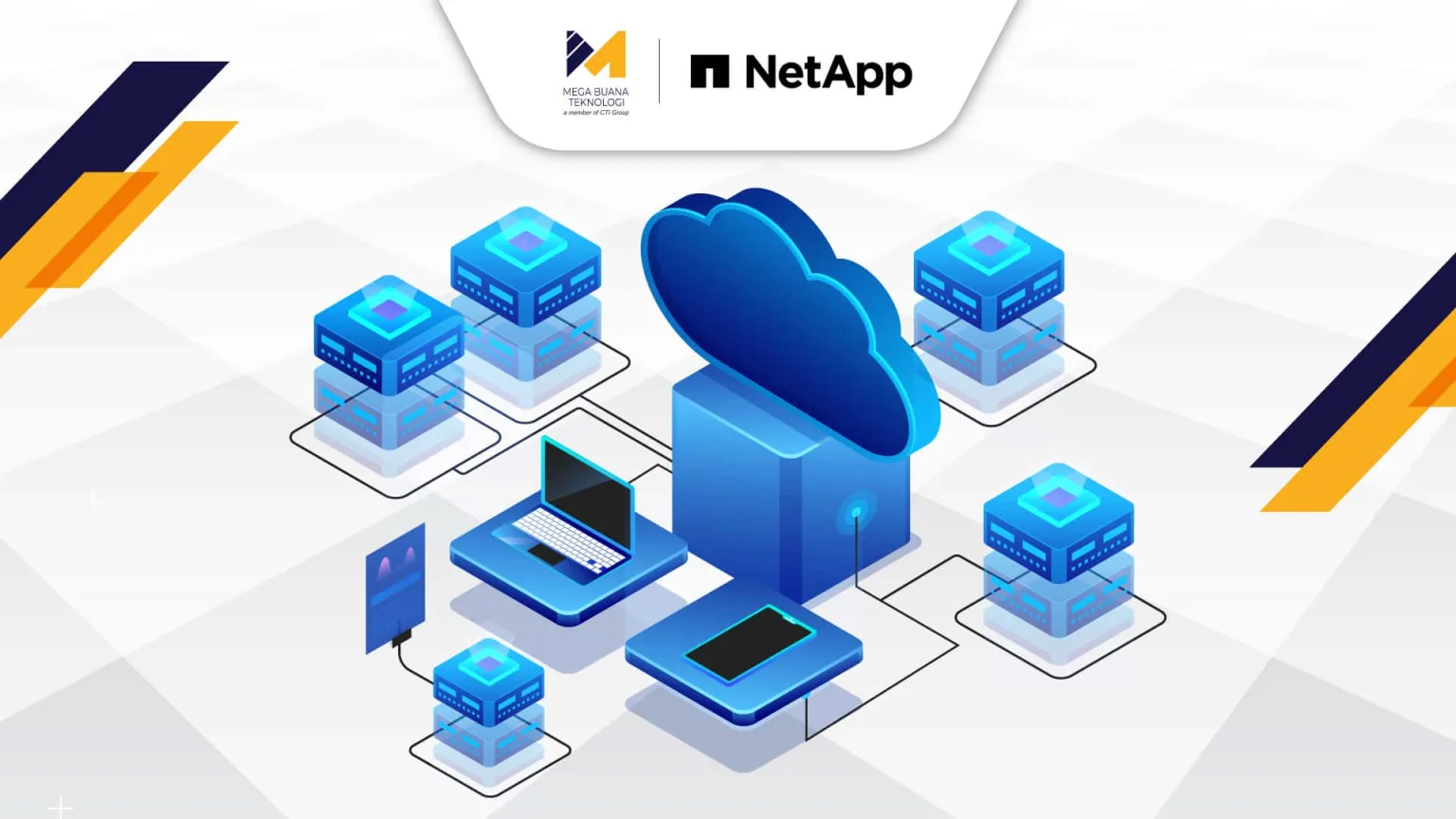In today’s digital economy, data is often dubbed “the new oil”—not just because of its value, but for its immense potential when managed right. Companies are racing to harness this potential by shifting workloads to the cloud and building more agile infrastructures. McKinsey reports that enterprise organizations are aiming to run 60% of their IT systems in the cloud by 2025. Amid this shift, hybrid cloud storage is emerging as a highly relevant approach, offering a balance of flexibility, performance, and control.
Curious why hybrid cloud storage is gaining traction across industries? This article dives into how it works, why it’s on the rise, and the challenges organizations need to be aware of before adopting it.
What is Hybrid Cloud Storage?

Hybrid cloud storage is a data architecture that seamlessly integrates on-premises storage with public cloud storage into one connected system. It allows data and workloads to move freely between environments without requiring format conversion or application refactoring.
This setup typically relies on software-defined storage and network configurations that enable consistent management across both data center and cloud environments—all managed through a centralized platform or interface.
How Does Hybrid Cloud Storage Work?
Hybrid cloud storage combines on-premises and cloud storage into a unified architecture. Connectivity is maintained through VPNs, direct connect, or SD-WAN networks, enabling seamless data movement. Behind the scenes, virtualization and software-defined storage ensure uniform management and visibility across environments—without the need to rework existing applications or data structures.
The system is managed via a centralized platform that oversees data allocation, tiering, and replication. Policy-based automation can assign storage based on access frequency (hot, warm, cold) or security requirements. This consistent infrastructure allows enterprises to run workloads across platforms with efficiency and control.
Why Are Enterprises Turning to Hybrid Cloud Storage?
As data volumes explode and system demands evolve, relying on a single infrastructure model is no longer enough. Fully cloud-based systems can raise concerns around control, while on-prem infrastructures often limit agility. Hybrid cloud storage brings the best of both worlds—offering a strategic path forward in complex, fast-moving environments. So, what makes it so appealing?
Flexible Storage Placement and Access
Hybrid cloud storage allows organizations to store data where it makes the most sense—on-prem for sensitive data, cloud for scalable access—without disrupting existing workflows.
Better Cost Efficiency
Automated data tiering moves cold data to low-cost storage while keeping hot data on high-performance media—cutting storage costs by up to 50%, as seen in Siemens Healthineers’ hybrid cloud deployment.
Scalability on Demand
With a hybrid setup, organizations can scale storage up or down as needed, without the upfront cost of expanding physical infrastructure.
Unified Management and Visibility
Even with data spread across different environments, teams can manage everything from a single interface—making monitoring, automation, and governance much easier.
Support for Compliance and Regulation
Sensitive data can stay on-prem to meet compliance requirements, while cloud storage handles the rest—under one unified, policy-driven system.
Challenges Behind the Flexibility
While hybrid cloud storage brings many advantages, integrating two distinct environments comes with its own set of challenges—both technical and operational. Here are key hurdles to consider:
- Complex integration between cloud and on-prem systems
- Limited visibility across hybrid environments
- Latency issues when accessing data across locations
- Inconsistent security and compliance management
- Dependence on stable internet connectivity
- Skill gaps in managing hybrid environments
- Risk of rising cloud costs without proper monitoring
Hybrid Cloud vs Multi-Cloud
The terms hybrid cloud and multi-cloud are often used interchangeably, but they represent different strategies. Understanding the distinction is essential when designing the right infrastructure for your business.
| Aspect | Hybrid Cloud | Multi-Cloud |
| Definition | Integration of on-prem and public cloud within a unified architecture | Use of multiple public cloud providers without deep integration
|
| Primary Objective | Flexibility and control over data and workload management | Diversify cloud services and avoid vendor lock-in
|
| System Integration | Unified and connected (including management and data movement) | Typically siloed, requires additional tools for orchestration
|
| Management | Managed through a single centralized interface or control plane | Managed separately or via third-party tools
|
| Best Fit For | Organizations seeking balance between local control and cloud scalability | Organizations with global reach, distributed workloads, or multi-vendor strategies |
Who is Hybrid Cloud Storage Built For?

Hybrid cloud storage is ideal for organizations with complex infrastructures and diverse data requirements. Sensitive or regulated data can remain on-prem, while dynamic workloads benefit from the elasticity of the cloud. This approach is particularly relevant for industries like healthcare, finance, manufacturing, and e-commerce—where agility, compliance, and scale are critical.
It’s also a smart fit for businesses undergoing digital transformation—whether scaling up, modernizing legacy infrastructure, or operating across multiple sites. With the ability to manage workloads across environments seamlessly, hybrid cloud storage delivers the right balance between control and flexibility.
Read More: All About Database Management Systems (DBMS): The Smart Way to Manage Business Data
NetApp Hybrid Cloud Storage: Flexibility, Control, and Security in One Platform
NetApp delivers a hybrid cloud storage platform that unifies on-prem and cloud data management in one seamless ecosystem. With deep integration into leading cloud providers, automated data tiering, and enterprise-grade performance and security, NetApp ensures your data moves, stores, and protects itself without complexity—no app changes, no re-architecting. Everything is managed through a single, consistent interface built for real operational ease.
Why NetApp Stands Out
Focused on operational efficiency, robust control, and scalable design, NetApp’s hybrid cloud solution is built to help organizations simplify infrastructure while delivering top-tier performance. Here’s what sets it apart.
Unified Control in One Interface
Manage both cloud and on-prem environments through a single, intuitive interface. Monitor, configure, and automate workflows in one place for improved coordination and faster IT response.
Native Integration with Major Clouds
NetApp integrates directly with AWS, Azure, and Google Cloud, enabling optimal workload performance—without the need for refactoring or disruptive changes.
Intelligent, Automated Tiering
Data is automatically placed in the most cost-effective storage tier—hot, warm, or cold—based on usage, helping reduce costs while maintaining performance.
Enterprise-Grade Performance and Scale
Designed to support large-scale workloads with low latency and high throughput, making it ideal for business-critical applications that require speed and consistency.
Built-in Security and End-to-End Protection
Native backup, disaster recovery, and encryption features protect data across hybrid environments—without relying on external add-ons or manual patchwork.
NetApp x Siemens: Driving Innovation in Healthcare
Siemens Healthineers, a global leader in medical imaging and diagnostics, turned to NetApp to design a scalable, hybrid cloud storage architecture that could keep up with their growing data demands. Using NetApp Cloud Volumes ONTAP, Siemens migrated 30TB of file share data from on-premises to Azure—without needing to refactor applications. Automated tiering moved cold data to Azure Blob Cool Storage, reducing costs while maintaining high performance for active data.
Cross-border collaboration also improved dramatically. With NetApp Global File Cache, DevOps teams in the U.S. and India now access 5TB of build datasets in real-time. Managed from a single control plane with built-in snapshots and backup, Siemens streamlined their storage operations and accelerated innovation across their global healthcare platform.
Build a Smarter Hybrid Infrastructure with MBT
As part of CTI Group, Mega Buana Teknologi (MBT) is ready to support your business in designing and deploying secure, scalable, and fully integrated hybrid cloud storage solutions. As an official NetApp partner, MBT provides end-to-end services—from consultation and architecture planning to full implementation—across on-prem, cloud, and hybrid environments.
Get in touch with our team today to start building a more flexible, efficient, and future-ready data infrastructure.
Author: Danurdhara Suluh Prasasta
CTI Group Content Writer




